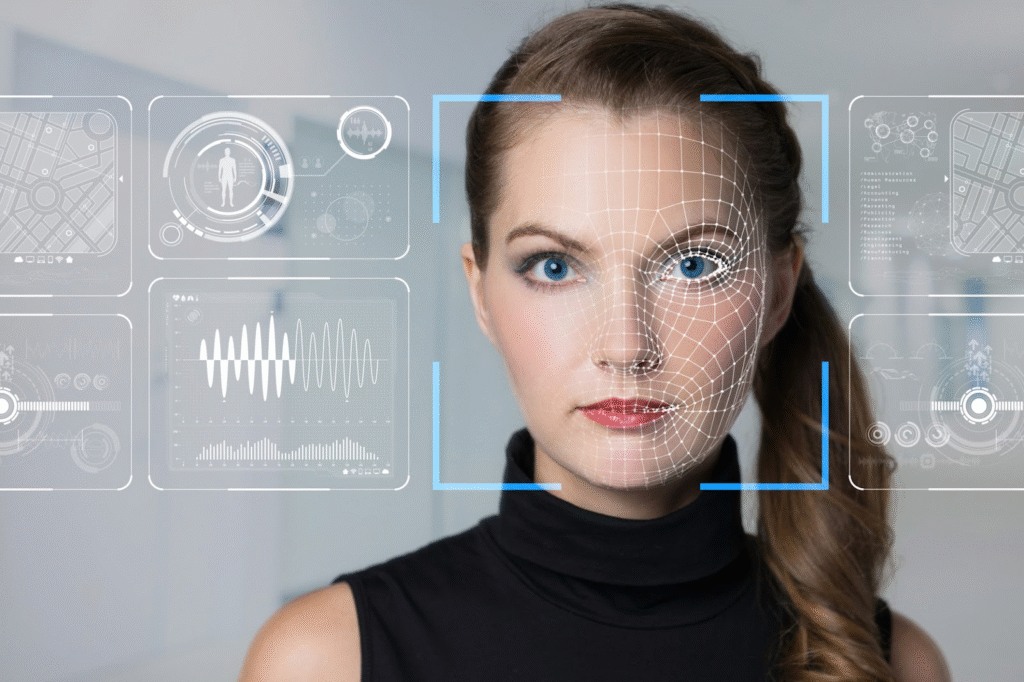
In today’s digital-first world, securing digital identities has never been more important. With the rise of biometric authentication from unlocking smartphones to accessing banking apps fraudsters are constantly innovating ways to exploit these systems. This is where 3D liveness detection software steps in, offering a powerful solution that distinguishes between real users and fake biometric attacks.
By leveraging cutting-edge liveness detection technology, 3D liveness detection ensures that biometric systems can detect not just who is accessing a service, but whether that user is genuinely present in front of the camera in real time. Let’s dive into what this technology is, how it works, and why it’s rapidly becoming a cornerstone of biometric security.
What is 3D Liveness Detection?
At its core, 3D liveness detection is a biometric security measure designed to verify that the individual interacting with a system is a live person, not a spoof or fake. Unlike traditional 2D detection systems that analyze flat images or videos, 3D liveness detection uses depth-sensing technology to build a three-dimensional map of the user’s face or other biometric data.
This means the software can detect whether it’s seeing an actual human face with depth and movement, rather than a photo, video, or mask. This layer of analysis makes it significantly harder for fraudsters to spoof the system using printouts or deepfakes.
The Evolution of Liveness Detection Technology
Liveness detection technology has evolved rapidly in recent years. Initially, biometric systems could be easily fooled with high-quality photographs or videos. Simple motion-based techniques like blinking or smiling were introduced as a basic form of liveness detection, but these too were soon compromised by sophisticated spoofing tactics.
Then came 3D liveness detection, a breakthrough that fundamentally changed the landscape. Using infrared sensors, structured light, and 3D depth cameras, this technology captures real-time biometric data in three dimensions. It examines unique spatial features of a person’s face or iris, such as curvature, contour, and skin texture—factors that cannot be easily replicated using 2D images or synthetic videos.
How Does 3D Liveness Detection Work?
3D liveness detection combines several advanced techniques, often including:
- Depth mapping: Capturing the depth of the user’s facial features to ensure a 3D structure.
- Infrared imaging: Detecting heat or infrared signatures to verify that the subject is alive.
- Motion analysis: Monitoring micro-movements like eye saccades or muscle twitches that are extremely difficult to mimic.
- AI and Machine Learning: Analyzing a wide array of signals to distinguish live biometric input from potential spoofing attacks.
When a user attempts to log in using a biometric method, the 3D liveness detection software runs these checks instantly in the background. If the software detects anything suspicious—like a flat surface, inconsistent lighting, or lack of depth—it denies access.
Applications Across Industries
The adoption of liveness detection—especially the 3D variety—has expanded dramatically across several industries:
1. Banking & Financial Services
Digital banking platforms rely heavily on biometric verification for onboarding and transaction approvals. 3D liveness detection ensures that fraudsters can’t use stolen images or videos to impersonate users.
2. Healthcare
Medical records and telehealth platforms require secure access to sensitive data. Liveness detection technology protects patient privacy by verifying real-time identity, preventing unauthorized access.
3. E-commerce & Retail
Online retailers are adopting biometric-based payments and account management. Liveness detection stops account takeovers and fraudulent purchases.
4. Government & Border Security
National ID programs and border control agencies use 3D liveness detection to ensure only legitimate individuals can cross borders or access services.
Why 3D Liveness Detection is a Game-Changer
Stronger Security
By verifying depth and liveliness, 3D liveness detection prevents a wide array of spoofing methods, including deepfake detection, photos, and videos.
Frictionless User Experience
Despite its sophistication, this technology offers seamless, real-time authentication, making it ideal for mobile apps, kiosks, and remote onboarding.
Compliance and Trust
As regulatory bodies tighten digital identity laws, implementing liveness detection technology helps organizations remain compliant with KYC (Know Your Customer) and AML (Anti-Money Laundering) guidelines.
Challenges and Considerations
While 3D liveness detection is highly secure, it does come with a few considerations:
- Hardware Requirements: Some solutions may require depth-sensing cameras or infrared sensors not available on all devices.
- Processing Power: Advanced algorithms require robust computational resources, which can be a challenge for budget smartphones.
- Privacy Concerns: As with any biometric technology, privacy and data security remain top concerns, requiring transparent data handling policies.
However, ongoing innovation is quickly addressing these barriers. Many providers are now developing software-based 3D liveness detection that uses a standard smartphone camera combined with AI, reducing the need for specialized hardware.
The Future of Liveness Detection Technology
As threats evolve, so too must our defenses. 3D liveness detection represents the next frontier in biometric security, offering a robust, reliable, and user-friendly method for verifying identity. With applications spanning from financial services to e-government, this liveness detection technology is not just a security upgrade—it’s a strategic necessity.
Whether you’re building a fintech app, managing a healthcare platform, or operating a global ID verification system, 3D liveness detection is a tool you can’t afford to overlook. As biometric spoofing techniques become more advanced, only the most sophisticated liveness detection systems will stand the test of time.
Final Thoughts
In a digital landscape where trust and identity are under constant threat, 3D liveness detection software offers a beacon of security. By ensuring that every interaction is not only authenticated but verified in real-time for liveliness, businesses can deliver safer, smoother experiences to their users without compromise.
If you’re investing in biometric technology, make sure 3D liveness detection is at the heart of your security strategy.